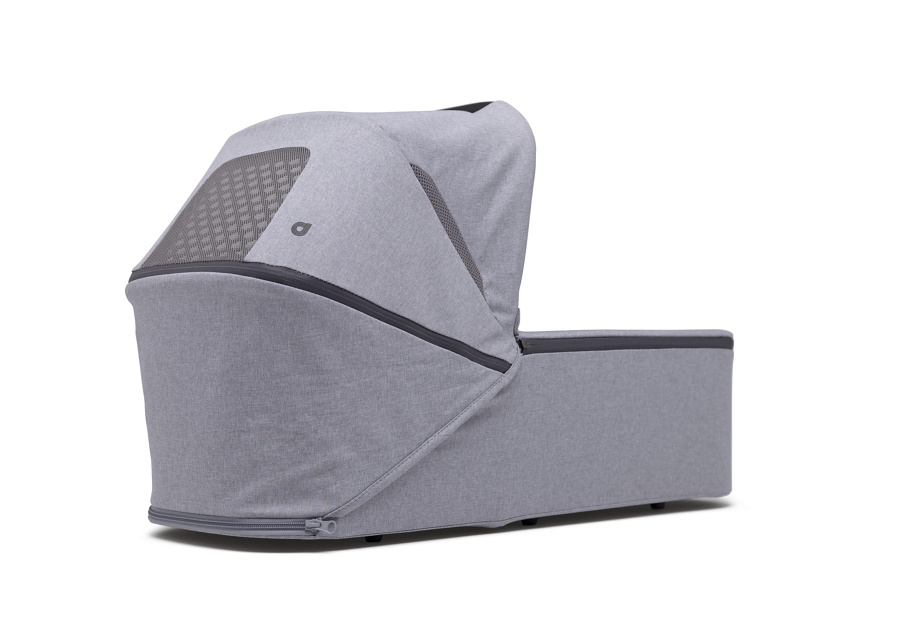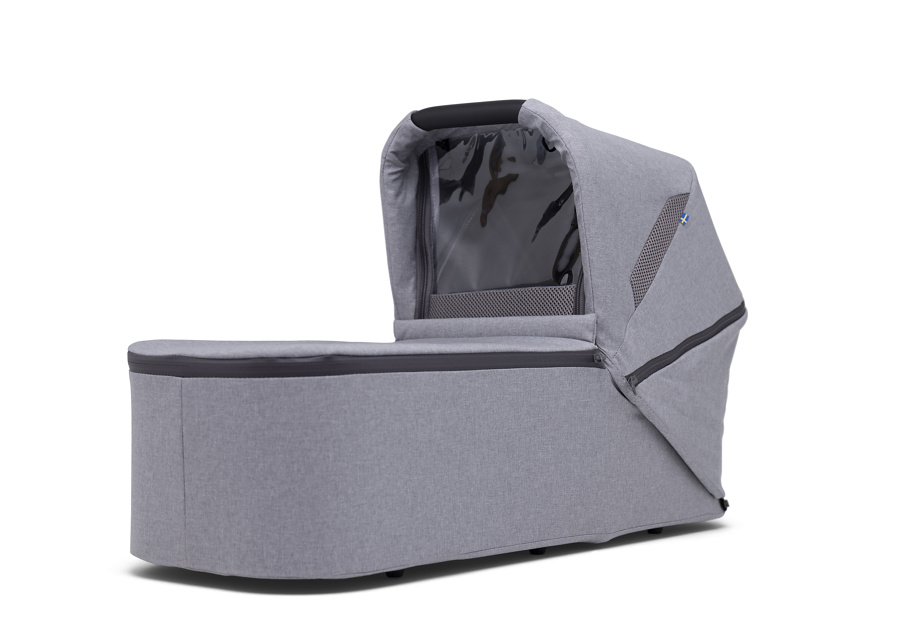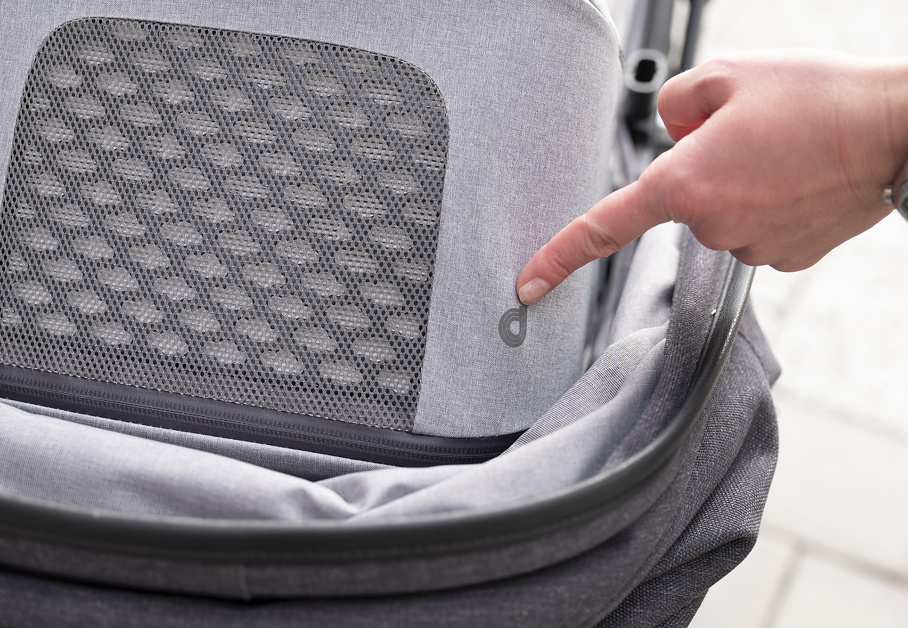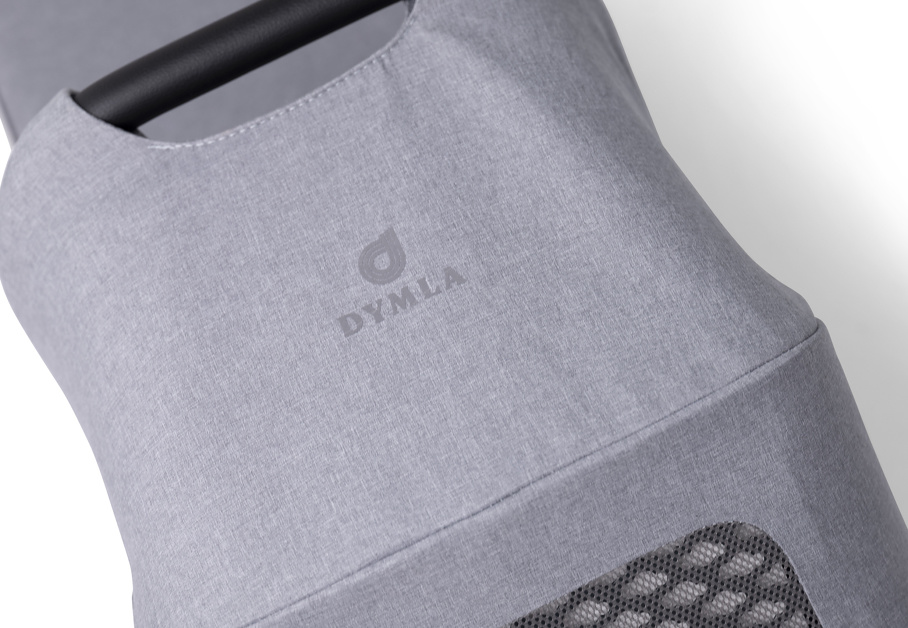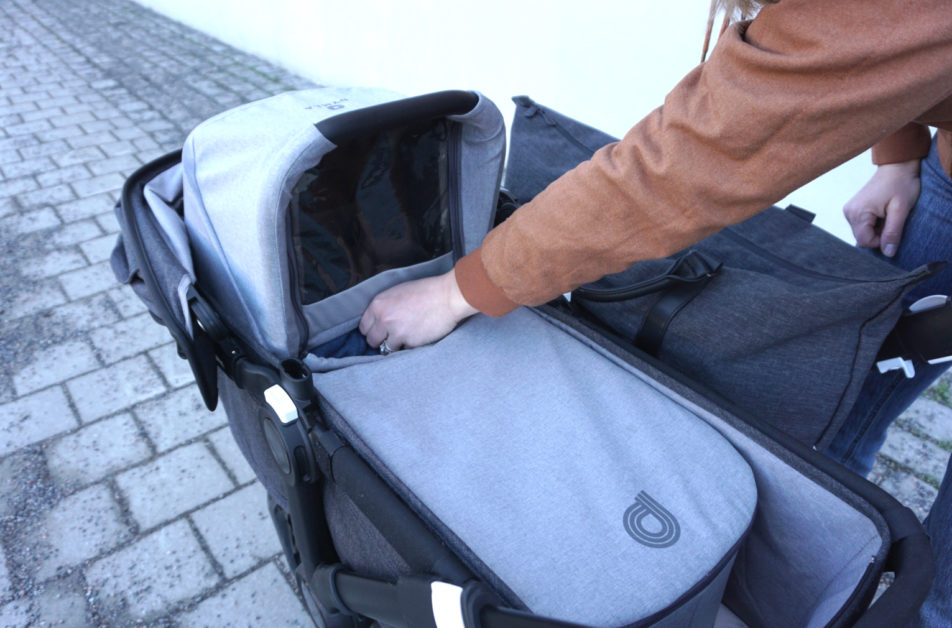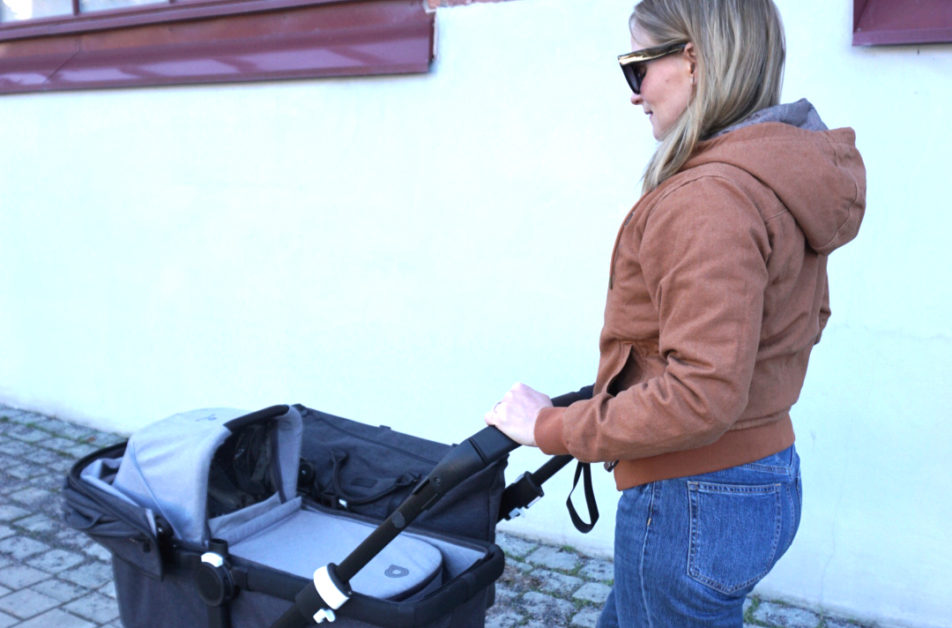Dymla®ONE
699,00 €

The Dymla®ONE carry cot protects your child against air pollutants, viruses, bacteria, insect bites and UV radiation. Manufactured using child-friendly sustainable materials. Patented, tested and certified.
-
Free shipping
-
Delivery in 2-3 days
-
Snug and cozy - babies love it!
-
Suitable for all infants
-
Also fits the smallest strollers available on the market
-
Childbirth guarantee
Technical Specification
Filter Efficiency: 98.98%
Length: 708 mm
Height: 442 mm
Width: 276 mm
Weight: 2.6 kg
Battery life: 10h
UV protected BPA-free window UPF50+
